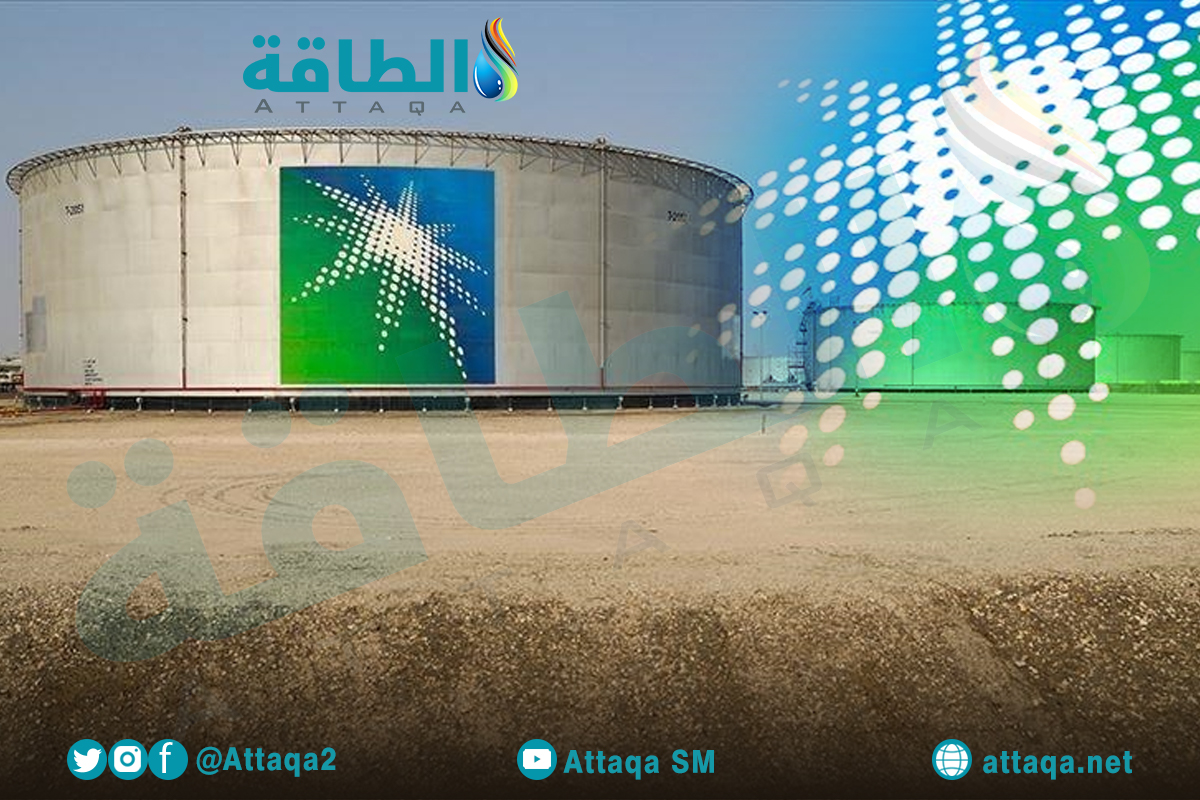Saudi Arabia's state-owned oil giant, Saudi Aramco, has slashed crude oil prices for Asian buyers in July deliveries, reflecting growing anxieties about tepid demand in the region's major economies. This move comes amidst a backdrop of ongoing COVID-19 lockdowns in China, the world's largest oil importer, which have significantly curtailed energy consumption.
The price reductions, primarily focused on Aramco's flagship Arab Light grade, represent a calculated effort to entice Asian refiners and ensure continued market share. The Arab Light crude for July deliveries will be priced $2 per barrel lower than the regional benchmark, bringing it to its most affordable level since March 2024. This price adjustment aligns with predictions from industry analysts who anticipated a decline of around $2. 10 per barrel.
While Brent crude prices have witnessed a 13% increase year-to-date, reaching nearly $88 per barrel, concerns regarding a potential global economic slowdown and rising inflation have caused a significant price correction from the $120 per barrel peak observed in June. This price volatility underscores the precariousness of the global oil market, caught between lingering pandemic concerns and the threat of a recession.
Despite the price cuts, industry experts suggest the impact on Asian buyers might be muted. Refineries in South Korea and Thailand, major consumers of Saudi Arabian crude, have reported no alterations to their July crude lifting schedules. This suggests that Aramco's production cuts, specifically the additional 1 million barrels per day reduction for July, might primarily reflect the recent decline in demand from China and India, the region's two largest oil consumers.
Analysts believe that Aramco's strategic price adjustments aim to maintain its dominant position in the Asian market, even with the prevailing uncertainties. The company's long-standing supply commitments to Asian customers are expected to act as a buffer, mitigating potential supply disruptions arising from the production cuts. However, the long-term implications of this price strategy on Aramco's revenue streams and its ability to navigate a volatile market remain to be seen.

